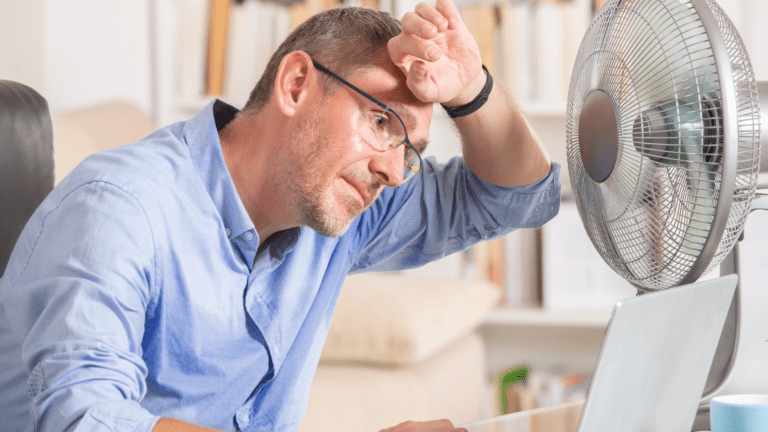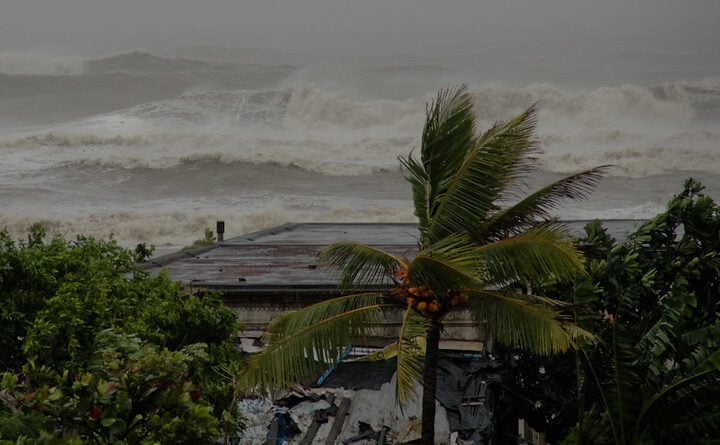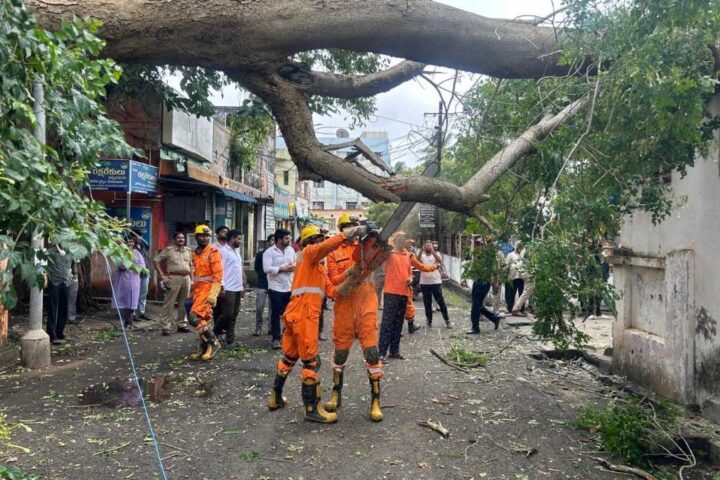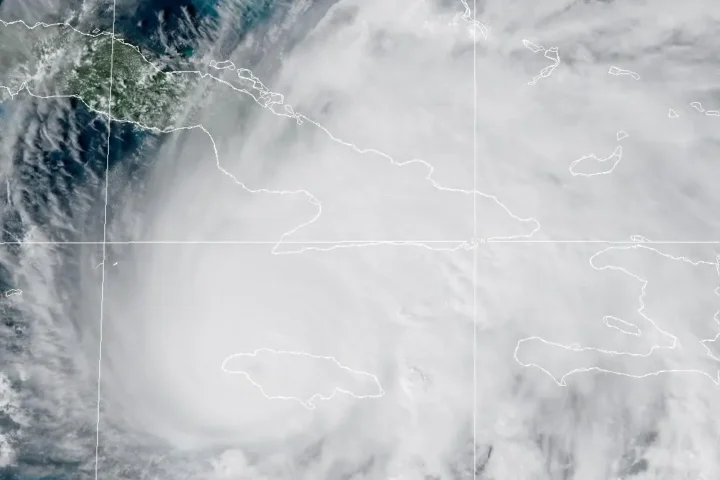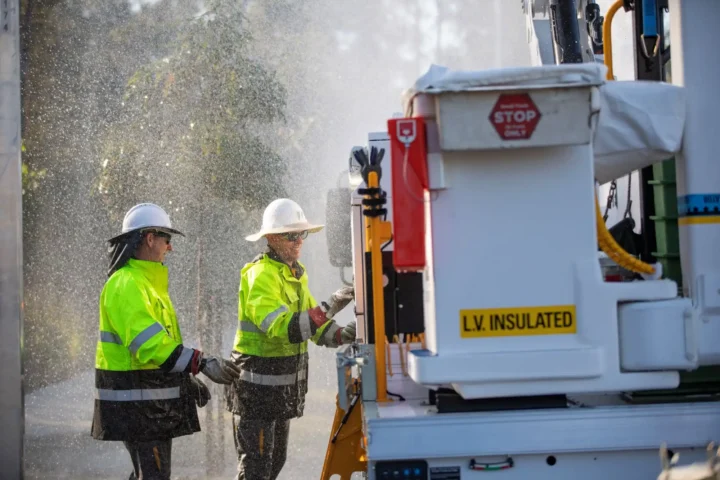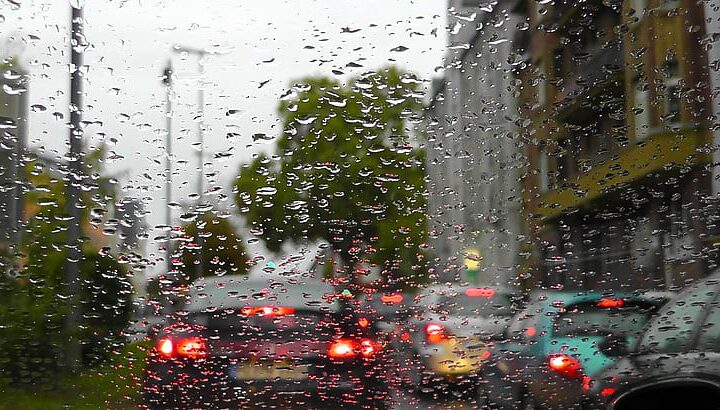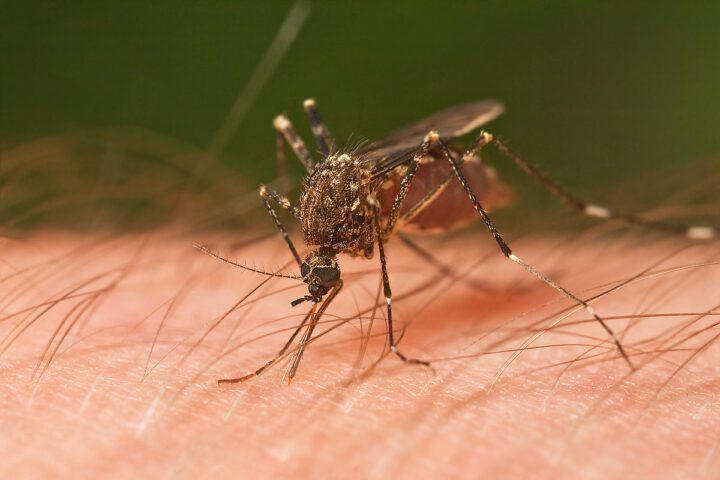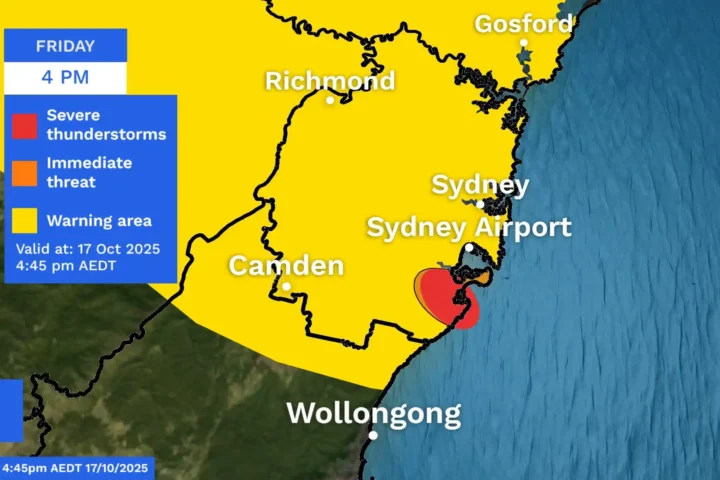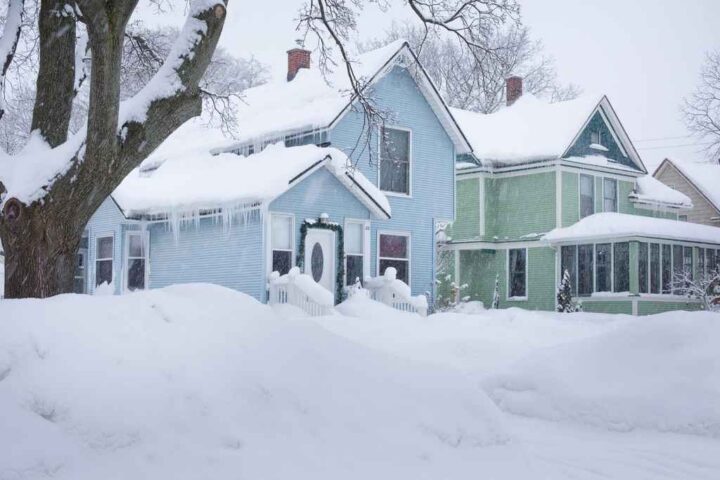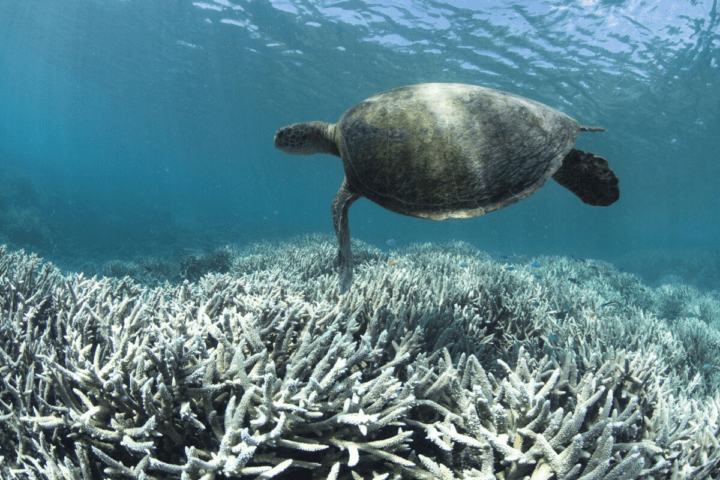Older adults face increasing danger from rising temperatures, but many don’t realize how vulnerable they are. A comprehensive review of over 40 studies reveals most seniors aren’t prepared for extended heat waves and often underestimate their risk. “Extreme heat is not often viewed as a weather disaster like hurricanes or floods, but it should be,” says Smitha Rao, assistant professor of social work at The Ohio State University. “It is not something that is visible, which is why it is often called the ‘silent killer.'”
The review, published in PLOS Climate on August 20, 2025, found that most research focuses on how older adults react to heat once it strikes – like staying hydrated or seeking cooler spaces – rather than how they prepare beforehand. This reactive approach highlights a dangerous knowledge gap as both global temperatures and the elderly population increase.
Heat-related deaths among older adults have risen 85% since the 1990s, according to the World Health Organization. With people aged 65 and over projected to outnumber children under five by 2050, coupled with record-breaking heat in 2023 and 2024, the problem is becoming more urgent.
What makes this issue particularly dangerous is that many older adults don’t realize how aging affects their body’s ability to handle heat. “We may not realize that our bodies’ reactions to heat changes as we age,” Rao explains. “Older adults and their caregivers may not realize that some medicines they’re taking or medical conditions they have may make them prone to overheating.”
A groundbreaking 2025 study from the University of Southern California reveals another disturbing connection: extreme heat may actually accelerate biological aging. Researchers found that people living in areas with more hot days showed faster aging at the molecular level than those in cooler regions.
Most heat-related deaths among seniors occur at home and at night, indicating many don’t recognize danger signs until it’s too late. While existing studies emphasize individual coping strategies like hydration and environmental adjustments, far fewer examine preparedness or policy actions to protect vulnerable older adults.
Similar Posts
“We tend to react based on past experiences in our lives and the reality has changed,” says Holly Dabelko-Schoeny, professor of social work at Ohio State. “The things that worked in the past to deal with heat waves are not going to work in this new reality.”
Some communities are already implementing policy changes. In Columbus, Ohio, the Central Ohio Transit Authority recently began offering free bus rides during extreme heat events. This policy change, enacted in January 2025, helps ensure that older adults and others can reach cooling centers without cost barriers. “It is good to see policy changes like this that are responding to what our new normal looks like,” says Marisa Sheldon, director of the Age-Friendly Innovation Center at Ohio State’s College of Social Work.
Experts recommend a multi-faceted approach to protect seniors, including weatherizing homes, providing cooling options for those who can’t afford them, and creating better community support systems. More emphasis on preparedness – not just reaction – is crucial as climate change makes extreme heat more common.
For older adults living in increasingly hot environments, understanding their heightened vulnerability and planning accordingly isn’t just about comfort – it’s about survival. With temperatures rising and the aging population growing, addressing this invisible threat requires both individual awareness and systemic changes.
